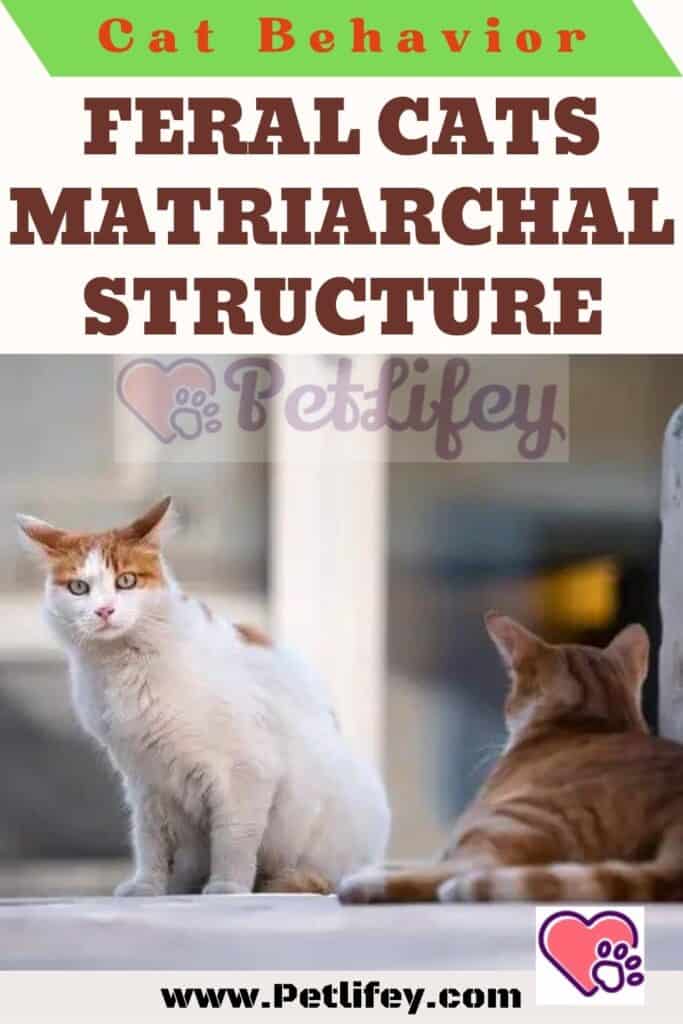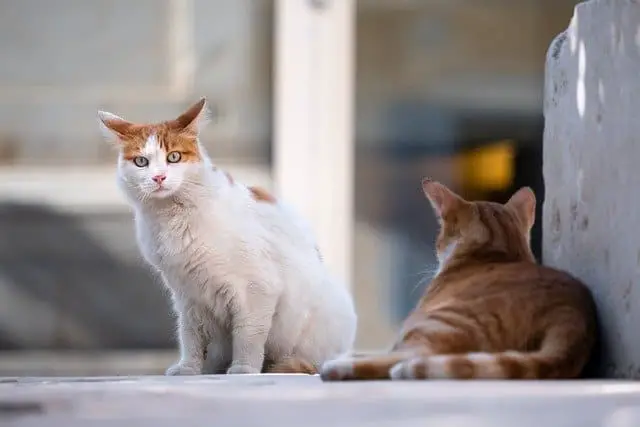
The social structure of feral cats is generally matriarchal. And it is that mothers, aunts, sisters and kittens live together in the same group.
In studies carried out, it is observed that on many occasions, in these groups of feral cats, the aunts tend to take care of and breastfeed the kittens, on a regular basis, while the biological mothers go hunting, in search of resources.
Taking care of the little ones
Sometimes, these tasks of care and feeding of the little ones, can be done by other lactating females. Let us remember that feral cats are those that hardly have contact with humans and survive without their help. They usually live in rural or urban environments, forming stable colonies.
Feral cats that live in urban environments also tend to avoid contact with humans, although they are more used to their presence and tend to be more active at night.
In general, they are not tame cats and they always prefer secluded and inaccessible places. Their survival often depends on the food resources they can get.
Matriarchal group of feral cats
The matriarchal group is in charge of the protection and “education” of the youngest kittens and as the recreational activity and games of the male kittens are more energetic, the females respond with similar vigor, until between the ages of 6 and 12-month-old young males are expelled from the group. The activity of the kittens is much less physical and although they can sometimes be marginalized or expelled from the group, in general the females remain together for generations, forming a group that is somewhat independent, but at the same time cohesive, with family ties.
The cats expelled from the group

The feral cats expelled from the group matriarcal can become independent cats or can coexist with other males or sibships. In these groups there is a clear hierarchy that determines who has preference when it comes to mating with females.
The hierarchy is established through fights, but from then on the other male cats can live in harmony within the group.
This group social behaviour of feral cats usually occurs when they depend on a food source, which is concentrated in a single area, which leads them to live together forming colonies.






